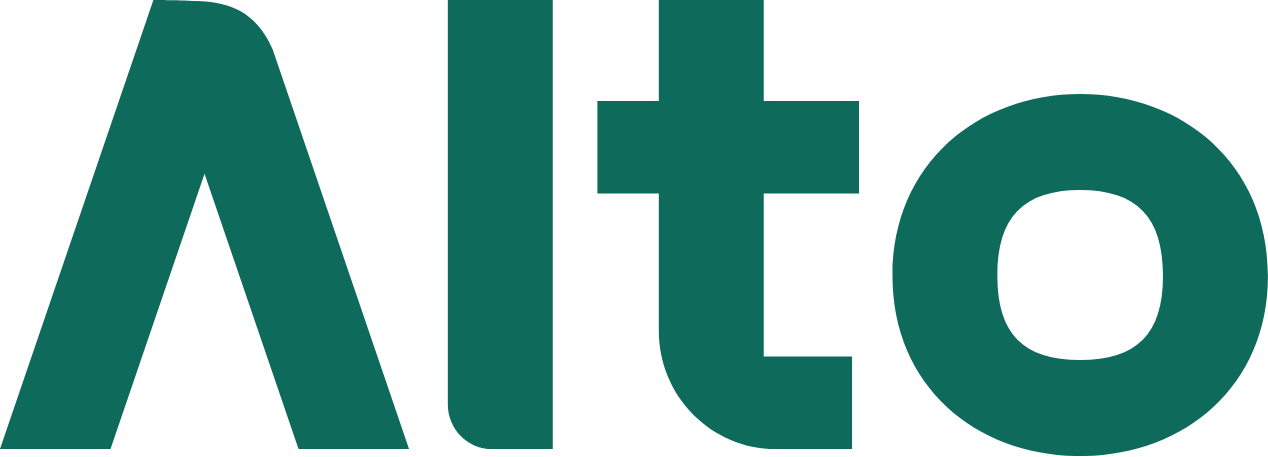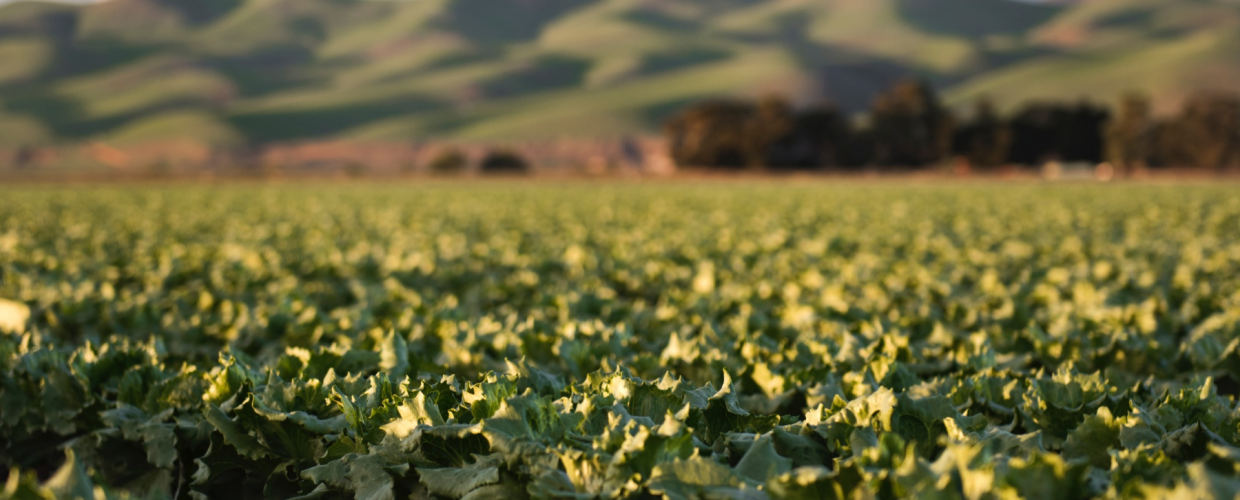Updated April 15th, 2024
What is farmland investing?
Investing in farmland involves acquiring agricultural land for the purpose of generating financial returns. Investors can purchase farmland directly and potentially earn profits from factors like land appreciation and crop production. Others get invested through vehicles like real estate funds that focus on farmland.
Whatever the case, because the demand for agricultural products remains essential to humanity, and thus, to global economies, farmland offers investors the potential for stable, long-term returns. It’s a tangible and historically resilient alternative asset class.
What are the potential benefits of investing in farmland?
Despite being one of the oldest asset classes there is, farmland has long been out of the reach of average investors due to a lack of available investment infrastructure. Historically, the majority of farmland has been family-owned, although a high amount of turnover is expected in the coming decades.
This fact, combined with the advent of innovative investment platforms and Alto partners such as AcreTrader and FarmTogether, is opening up new opportunities for accredited investors.
Additional issuers of farmland investment opportunities, like Farmland LP, take investment via Alto as well.
Investing in farmland has offered returns higher than the stock market. Over the past 20 years, farmland investments have offered an average annual return of ~12.2% (vs. the S&P 500’s 10%) and positive returns every single year. Farmland also can be a good investment in a recession. For example, in 2008-2009, the NCREIF Farmland Property Index was up 20%.
Beyond the potential for high returns, there are many possible benefits to investing in farmland.
Diversification
Diversification, or investing in multiple uncorrelated securities or asset classes like farmland, is important for a couple of reasons. A diverse portfolio is more resilient to shocks in any one area, offering protection potential against various kinds of sector-based losses. Diversification can also reduce volatility. Volatility is the bane of long-term investors, both because it causes panic, which can lead to panic-selling and other bad investment decisions, and because it reduces your returns in the long run (“volatility drag”).
Overall, a diverse portfolio can provide better returns than one that’s full of the same asset classes or assets of one class from the same industries.
Hedge Against Inflation
Important for long-term investors, farmland is a good hedge against rising inflation. The world’s population continues to grow, increasing demand for food, while the supply of U.S. farmland shrinks each year. Thus, owning farmland allows you to own a real asset with intrinsic value that meets one of society’s fundamental needs.
Passive Income
Farmland investing may be attractive to many investors focused on retirement because it provides an excellent source of passive income. In addition to appreciation of the underlying asset, which is realized when the investment is sold, FarmTogether’s investors, for example, receive the benefit of periodic lease payments from farmers and payments from the sale of crops.
The bottom line
For all these reasons, farmland may be just the asset class you need to round out your retirement portfolio. Thanks to Alto, there is now a low-cost, fast, and easy way to invest in farmland by using your self-directed IRA with one of our several partners in the sector.
Invest in alternative assets using tax-advantaged retirement funds.

